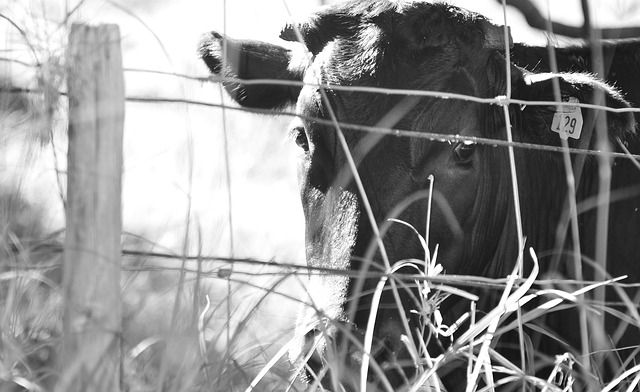Drought-Stricken Farmers & Ranchers Have More Time to Replace Livestock
The IRS recently announced that farmers and ranchers who previously were forced to sell livestock due to drought have an extended period of time to replace the livestock and defer tax on any gains from the forced sales.
To qualify, the livestock generally must be replaced within a four-year period.

The IRS recently announced that farmers and ranchers who previously were forced to sell livestock due to drought have an extended period of time in which to replace the livestock and defer tax on any gains from the forced sales. The relief is being provided to Hawai‘i, Kaua‘i and Maui counties. Big Island Now stock photo. Oct. 2016.
This relief is being provided to any farm within Hawai’i, Kaua‘i and Maui counties between Sept. 1, 2015, and Aug. 31, 2016.
Farmers and ranchers, who, due to drought, sell more livestock than they normally would, may defer tax on the extra gains from those sales.
The IRS is authorized to extend this period if the drought continues.
The one-year extension of the replacement period generally applies to capital gains realized by eligible farmers and ranchers on sales of livestock held for draft, dairy or breeding purposes due to drought.
Sales of other livestock, such as those raised for slaughter or held for sporting purposes, and poultry are not eligible.
The IRS is providing this relief to any farm located in a county, parish, city, or district, listed as suffering exceptional, extreme or severe drought conditions by the National Drought Mitigation Center, during any weekly period between Sept. 1, 2015, and Aug. 31, 2016.
As a result, farmers and ranchers in these areas whose drought sale replacement period was scheduled to expire at the end of this tax year, Dec. 31, 2016, in most cases, will now have until the end of their next tax year.
Since the normal drought sale replacement period is four years, this extension immediately impacts drought sales that occurred during 2012. But because of previous drought-related extensions affecting some of these localities, the replacement periods for some drought sales before 2012 are also affected.
Additional extensions will be granted if severe drought conditions persist.
Details on this relief, including a list of NDMC-designated counties, are available in Notice 2016-60, posted on IRS.gov.
Details on reporting drought sales and other farm-related tax issues can be found in Publication 225, Farmer’s Tax Guide, also available on the IRS website.













